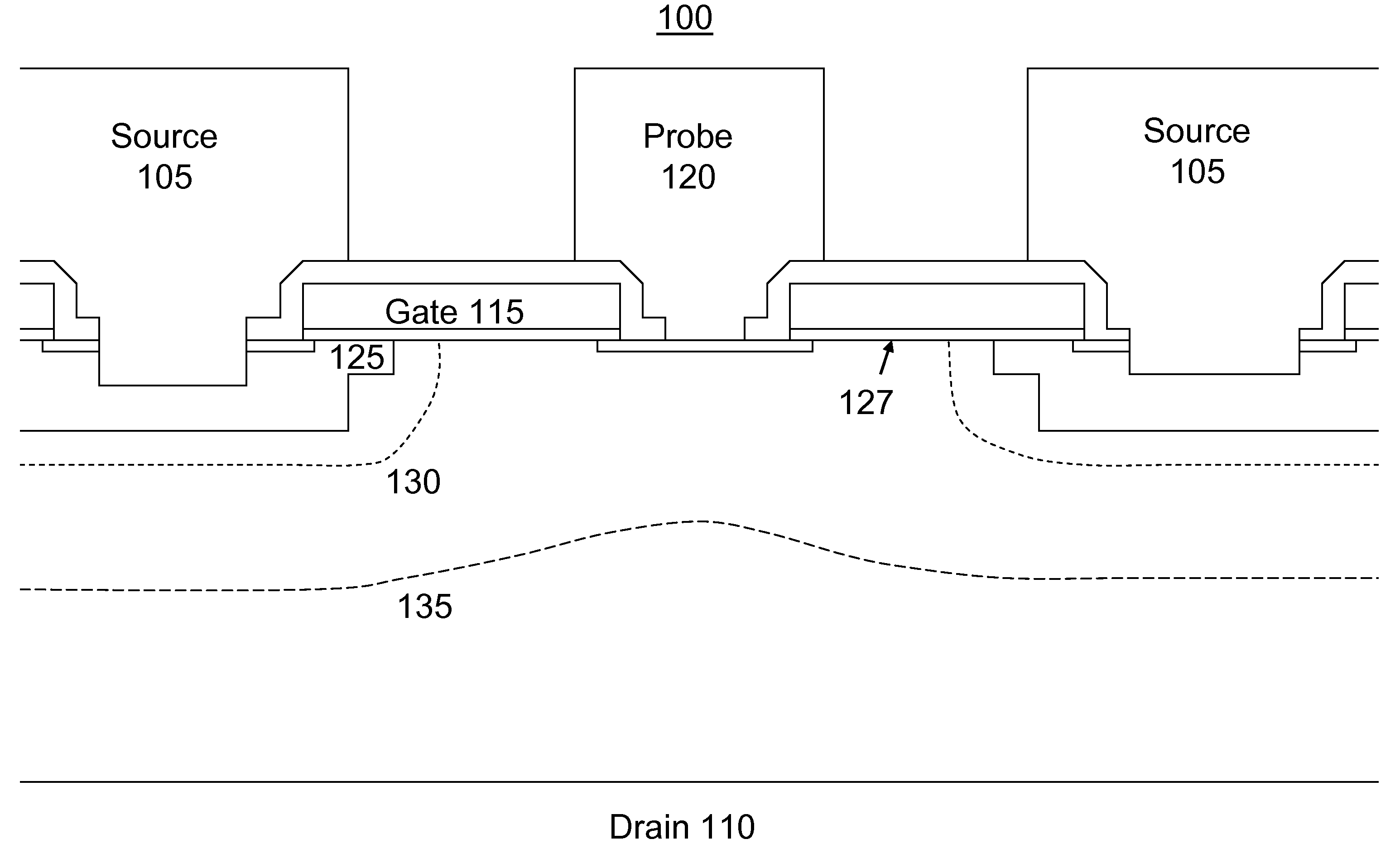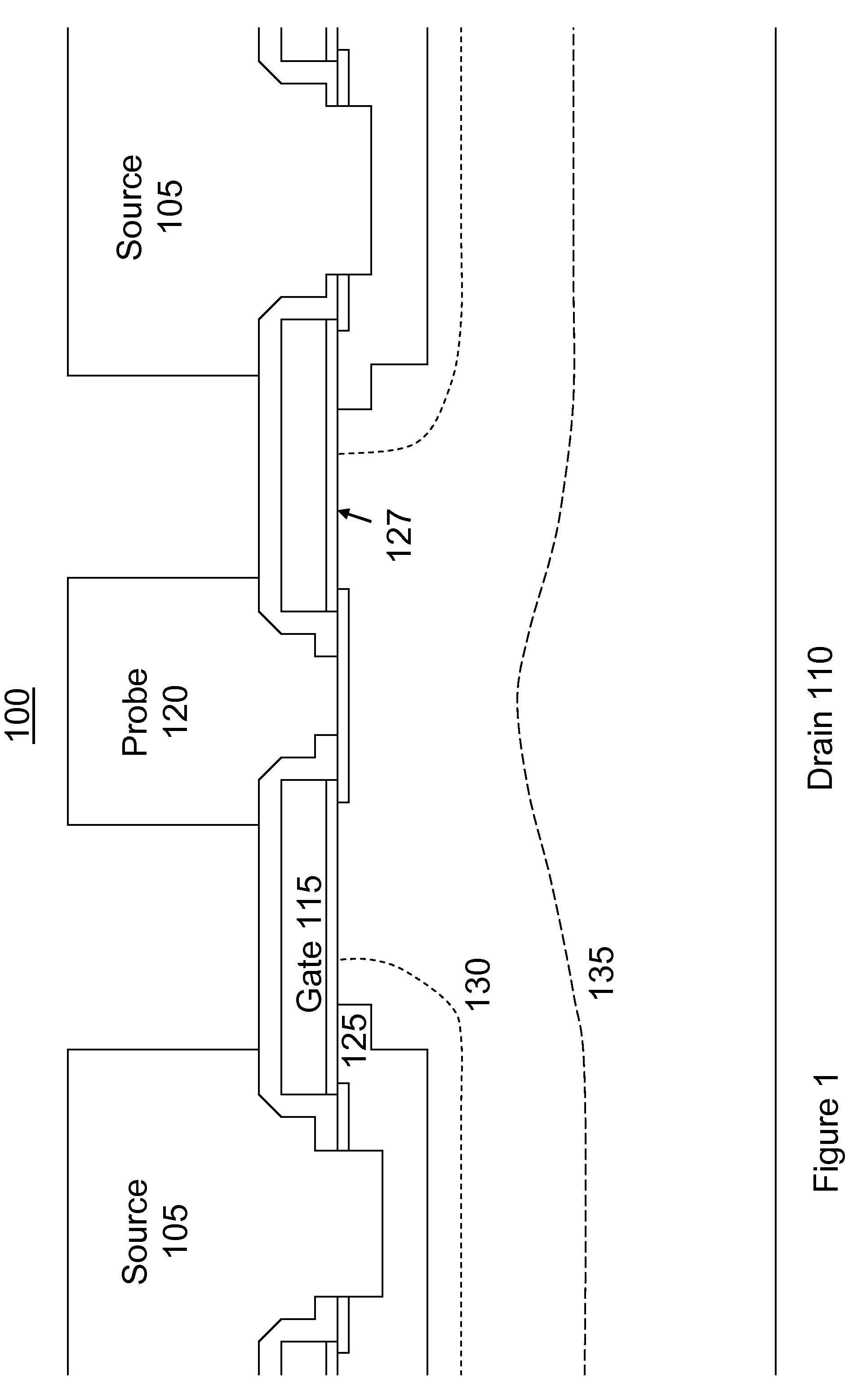Regenerative building block and diode bridge rectifier and methods
a diode bridge rectifier and building block technology, applied in the field of regenerative building block and diode bridge rectifiers, can solve the problems of small improvement space through conventional techniques, inefficient diodes, and close to the theoretical limit of diodes, so as to avoid the complexity of control signals of conventional synchronous rectifiers, the effect of improving the performance of diodes
- Summary
- Abstract
- Description
- Claims
- Application Information
AI Technical Summary
Benefits of technology
Problems solved by technology
Method used
Image
Examples
Embodiment Construction
[0029]The present invention comprises a new device which can be thought of as a regenerative building block (RBB), and methods of manufacture therefore. In an embodiment, the device is particularly suited to fabrication of devices such as half bridge and full bridge rectifiers. Although those skilled in the art will quickly recognize that the present invention can be used to create a variety of semiconductor devices, for purposes of clarity the present invention will be described in the context of a bridge rectifier, both as a device and as a method of manufacture.
[0030]Referring first to FIGS. 1 and 2, the RBB structure indicated generally at 100 is shown both in terms of its physical structure (FIG. 1) and its schematic representation in a pair configured as a half bridge rectifier (FIG. 2). As shown in FIG. 1, the RBB 100 has four electrodes: source 105, drain 110, gate 115 and probe 120. The main current flows between the source and drain electrodes. The gate voltage controls th...
PUM
 Login to View More
Login to View More Abstract
Description
Claims
Application Information
 Login to View More
Login to View More - R&D
- Intellectual Property
- Life Sciences
- Materials
- Tech Scout
- Unparalleled Data Quality
- Higher Quality Content
- 60% Fewer Hallucinations
Browse by: Latest US Patents, China's latest patents, Technical Efficacy Thesaurus, Application Domain, Technology Topic, Popular Technical Reports.
© 2025 PatSnap. All rights reserved.Legal|Privacy policy|Modern Slavery Act Transparency Statement|Sitemap|About US| Contact US: help@patsnap.com



